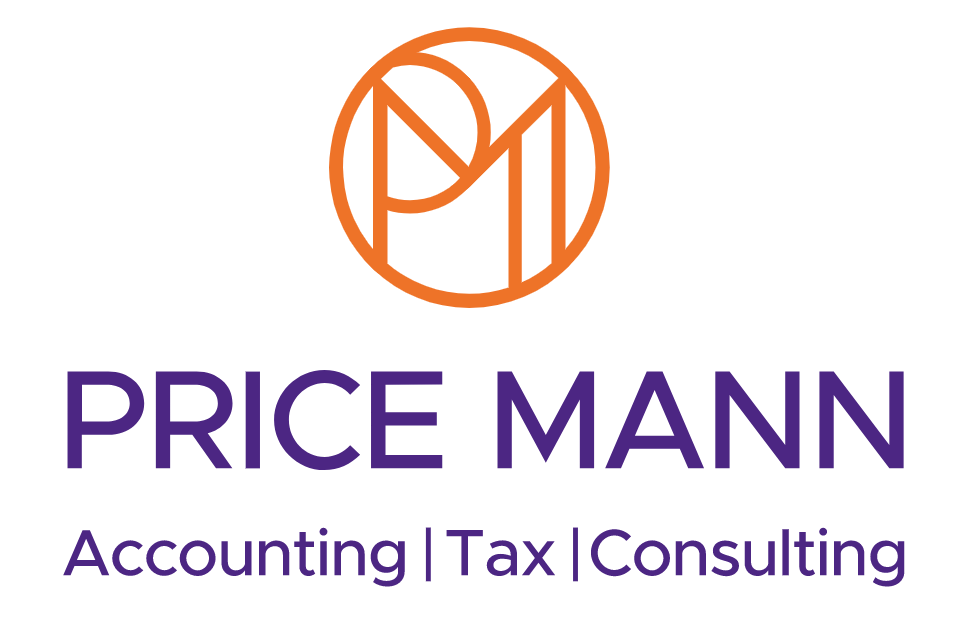We partner with capitalise to help clients get better access to funding, lower interest rates and more favourable terms.
Why improve your credit score
Poor personal credit can be a big barrier to getting finance for your business. You may think the two separate, but in fact when lenders are checking the personal credit of the management team, what they are really asking is, ‘how do the people who run this business manage their debt obligations?’ With this approach, you can see how important personal credit scoring can be to a business finance application, especially if some shareholders are signing personal guarantees as part of the agreement. If your application is declined based on personal credit history, there are steps you can take to improve your score, and give yourself a better chance next time around. Even if you are approved for funding, this is still important, as the personal credit score of the main shareholders are a key factor when determining what interest rate is applied to the loan.
How do I find my score?
There are three main credit bureaus operating within the UK. You will have a credit record with all three providers, and different commercial lenders use different bureaus in their underwriting process. These bureaus are Equifax, Experian & TransUnion. One person can have a great score on Equifax, but a poor score on Experian and TransUnion, because those bureaus have access to differing data. Therefore, it’s important to have visibility on all three! The three websites below will allow you to check on your scores with these bureaus, as well as offer you hints and tips on how to improve your score. It could be something as simple as updating your address, or getting on the electoral Roll. It could also be that you have a default that you were unaware of, or even that there is a CCJ that is wrongfully applied to you.
We are not associated with these companies, we are merely suggesting that you use them as a free, quick method to check your credit score. The sites are credit brokers, and may offer you personal finance after revealing your score. We do not receive any commission or any other benefits if you choose to proceed with an offer.
Clearscore
Clearscore are a credit aggregator who will show you your score with Equifax, one of the largest credit agencies in the world. The score is out of 700 and anything above 380 should be enough to get you past unsecured lenders.
Experian
Experian are another large bureau, and you can check your score directly with them. The score is out of 999 and anything above 700 should be adequate here.
Credit Karma
Credit Karma are another aggregator, they will display your score with TransUnion, one of the lesser-used bureaus, but they are used by Funding Circle who have a large market share in unsecured lending. Scores are out of 900 and anything above 600 is a positive score.
If you are left a bit confused, feel free to ask us any questions you might have, or contact the credit bureaus directly to resolve any issues. A lot of the time, all you need to do to improve your score is make sure the bureau has the right information about you. For example, they may have an old address for you, or show an account as being in default when you actually closed it a long time ago.
5 GOOD HABITS OF GOOD PERSONAL CREDIT
- Ensure your address is up-to-date on all three of these platforms, and on all your bank accounts, loans, credit cards, etc
- Always keep up with your direct debits and loan payments, if you miss one payment, be sure to catch up as soon as you can
- If you are eligible for credit cards, get one! Even if you don’t spend on it, just having an available credit line is good for your score (the higher, the better)
- Try to keep your credit card balance below 50% of the available credit limit. This shows that you are using credit responsibly
- Most importantly, manage your debt-to-income ratio. Don’t over borrow, in the same way that you wouldn’t over-spend
For Businesses
Credit improvement helps businesses enhance their credit score. Capitalise can support you in generating healthier reports with five main UK credit agencies.













